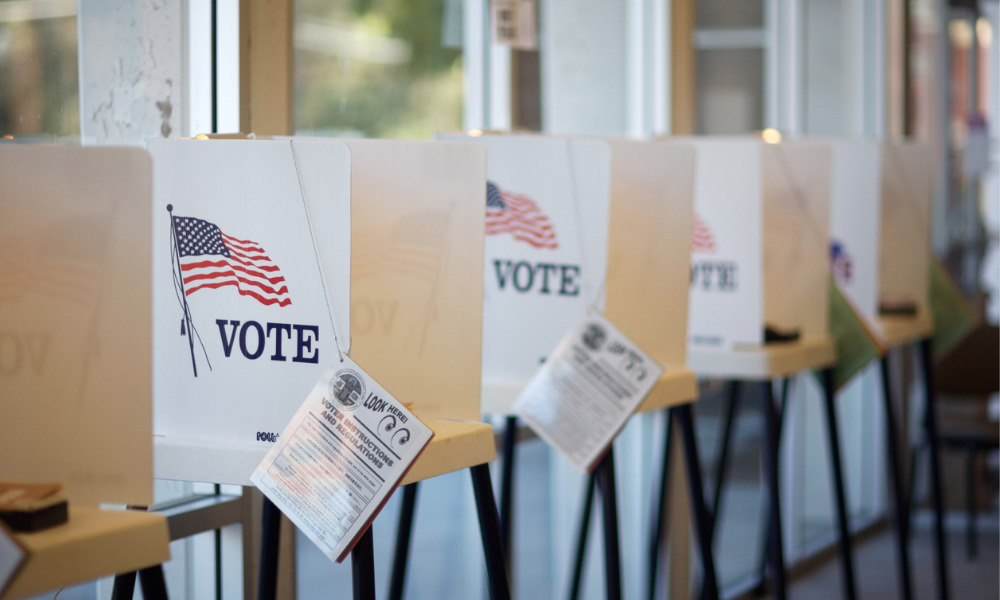Democrats' 'staggering' stimulus programme would be felt globally, says CIO

At this exhaustive point, a clear U.S. election win from either side is what’s really needed for investors, according to one CIO.
Greg Taylor, of Purpose Investments, said it would be nice for Canadians to be able to ignore what’s going on south of the border and focus on ourselves, except this time that feels virtually impossible.
He said: “It all comes down to this election and getting it over with. At this point, even a status-quo outcome would be positive. We really just need to move on. It’s almost become a heads you win, tails you win scenario. As a result, the worst-case scenario ends up being no clear outcome.”
The poor performance of the equity markets in October proved this point. Taylor said the reasons for the sell-off are many but that, in hindsight, it should have been expected to everyone watching. With the U.S. election date of November 3 hanging over us all year, the closer we got, most knew trading volumes would dry up and volatility would increase.
He explained: “Markets didn’t really have a chance, especially after you add into that a surge of COVID-19 cases in Europe and North America that is threatening increased lockdowns and the failure to get a new fiscal stimulus deal in the U.S.”
To break out of this slump, investors need a clear victory. Earlier in the year, many would have argued we need President Trump to win a second term and keep his policies of low regulation and even lower taxes. However, post-COVID, that narrative has changed to now favour Biden and a Democratic blue wave.
“For many investors, the dream of a blue wave in the U.S. election isn’t so much about policies on social programs or an improvement in the global perception of America,” Taylor said. “It’s all about the money. As global economies continue to struggle to get back on their feet after the initial lockdowns, the next chapter of fiscal stimulus has been hung out as a saving grace for markets and the economy.
“Whether it’s even needed at this point is debate for another time. However, the current expectation is that in the event of a blue wave, by early 2021 we will see one of the largest fiscal spending programs in history launched into the US economy. The numbers being mentioned are stunning – up to US$4 trillion towards health care, infrastructure and directly to consumers.”
Crucially, the effects of this stimulus programme will be felt globally. The CIO believes this wil affect currencies - maybe a lower US dollar - and most importantly interest rates. As the U.S. economy is already starting to recover, this money could kick it into high gear, dragging every other economy higher with it. He said that with global inventory levels already very tight due to a combination of supply issues and consumers spending on goods versus services, reflation is a very real probability and could turn bond yields higher.
“For the last decade, we have been in a period of declining bond yields which has allowed investors to benefit by tilting towards long-duration assets, such as government bonds, growth tech, utilities and defensive equities," he explained. "In the event of reflation and higher yields, cyclical sectors that have underperformed, such as financials, may finally get a bid. The long-awaited rotation may finally arrive.”
He added: “Will we see trade policies normalize under a President Biden? Will recent tensions with China go away? Is a focus on clean energy going to return to America? All of these questions are important and will impact the Canadian markets. Hopefully, we can begin to answer these questions, but at least knowing which questions to ask will be a positive. The next few weeks will be volatile, but once we’re on the other side we should be setup for positive outcome. We just need to move past the election and add some certainty to markets.”



